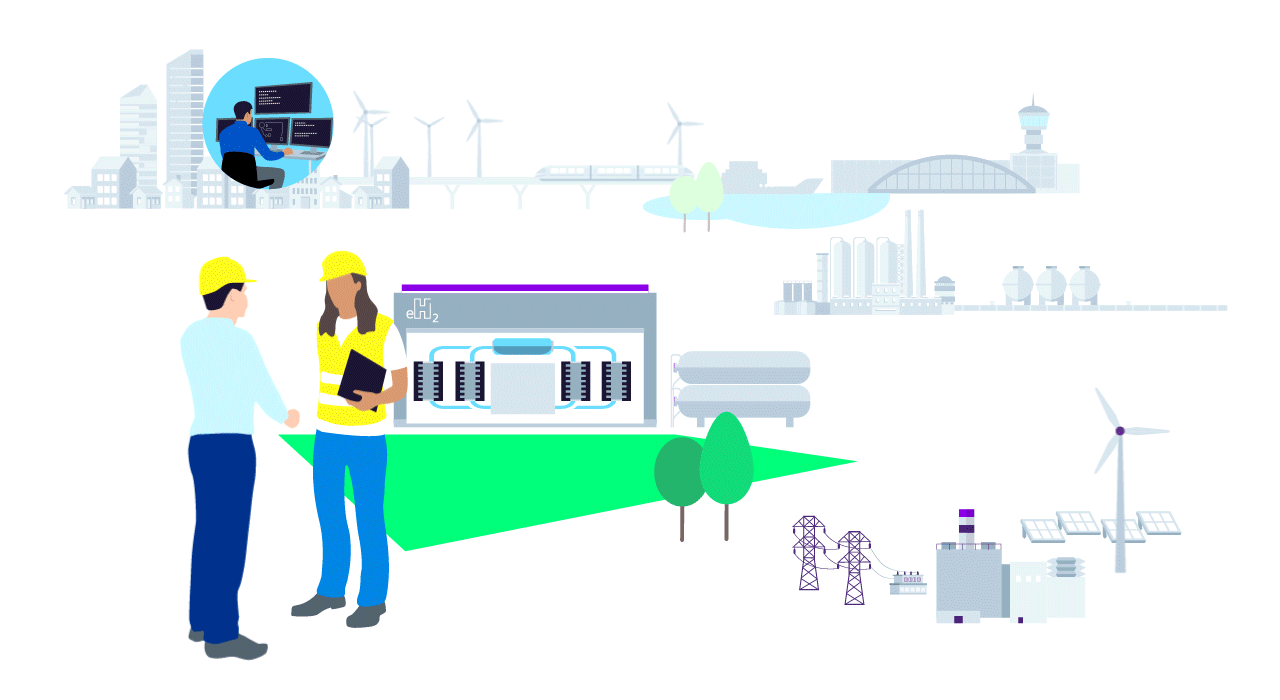With our extensive knowledge of industrial, mobility, and energy sectors, we’re able to provide dependable solutions for our customers in every aspect of green hydrogen production.
You will benefit from Siemens Energy’s decades of experience, global footprint, infrastructure, strong partnerships and manpower available, covering the full energy value chain from renewable power via transmission to hydrogen and Power-to-X production. Moreover, we can help you certify the source of green energy with CertaLink certification.
Are you ready for the green hydrogen economy? We are and we look forward to being your partner for sustainable hydrogen generation.


